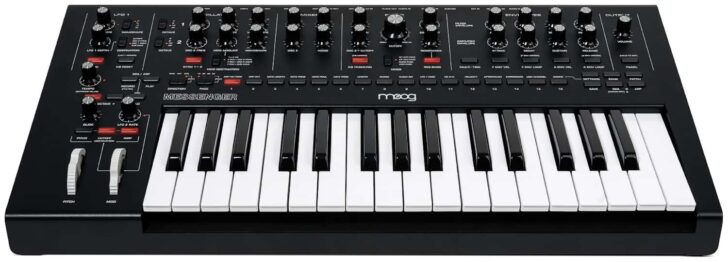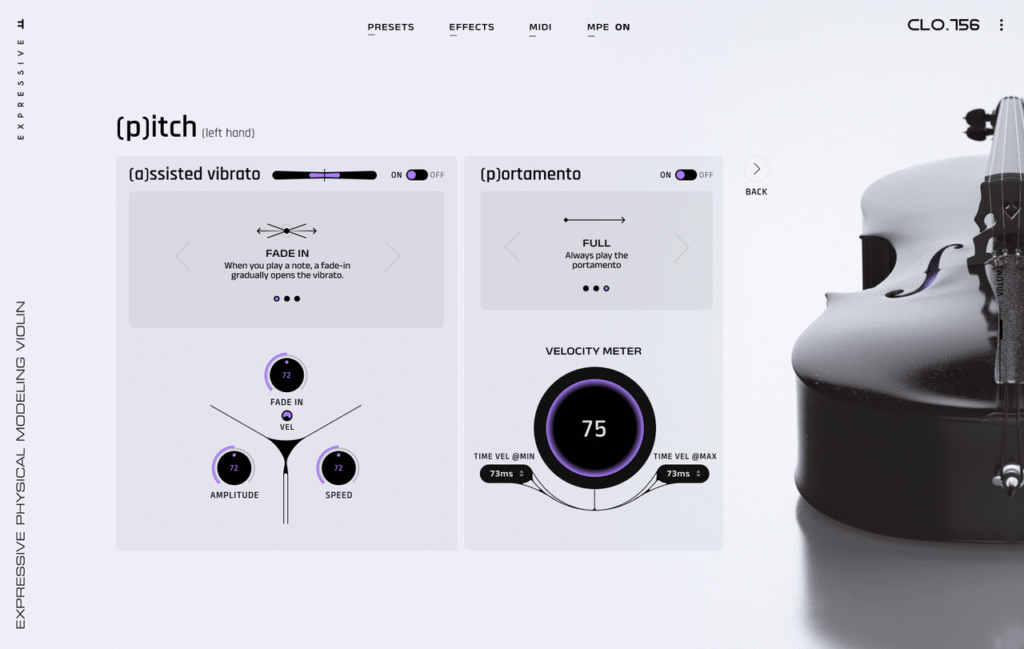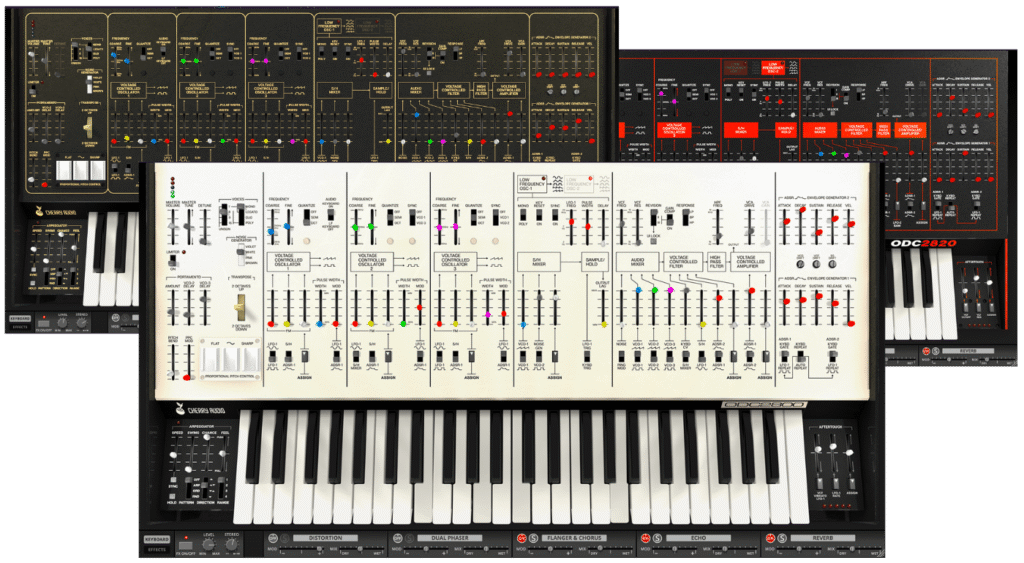Moog Messenger In-Depth Review – ‘A Major Milestone For Moog Synthesizers Under InMusic’
In the latest Sonic State Sonic Lab video, host Nick Batt reviews the new Moog Messenger synthesizer.
The Moog Messenger is designed to be the company’s most accessible analog synthesizer to date, and blends so-called ‘East Coast (Moog)’ and ‘West Coast (Buchla)’ synthesis capabilities.
Here’s what Batt has to say about it:
“This synth is a major milestone for @MoogSynthesizers under InMusic. It’s the first synth to be designed and built under their ownership and Moog are keen to show that it’s not falling under the lowest common denominator approach many feared.
With new Oscillators (with folded waves, and a variable wave sub Osc), and a new Filter, its a big departure from the usual Moog instrument.
The filter is the same ladder 24dB with multi-mode LP LP2 pole, Band-Pass and High-Pass modes, but the big news is that it now has bass compensation (Res Bass) which is nicely done, resonance no longer drops the bass – unless you want it to. Its nicely done.
Add to that some other nice features, Keyboard S&H, parameter recording on Sequencer steps, loopable envelopes, easy to use modulation routings, as well as 16 banks of 16 patches, it’s got plenty going on.”
00:00:00 Intro
00:02:19 Oscillators
00:06:42 Filter
00:10:48 Some patches
00:14:07 LFO
00:15:46 Envelopes
00:19:27 arpegiator
00:20:42 Sequencer
00:26:53 build quality
00:27:35 cv connections
00:27:56 MIDI CC
00:30:43 Final thoughts
00:31:41 Duophoni
Batt says that the Moog Messenger synthesizer “does not disappoint, and I expect to see it as a monosynth of choice in many a live setup,” adding, “It’s capable of some massive bass, driven filters and a wide variety of other sounds.”
Watch the video and share your thoughts on the Messenger in the comments!




